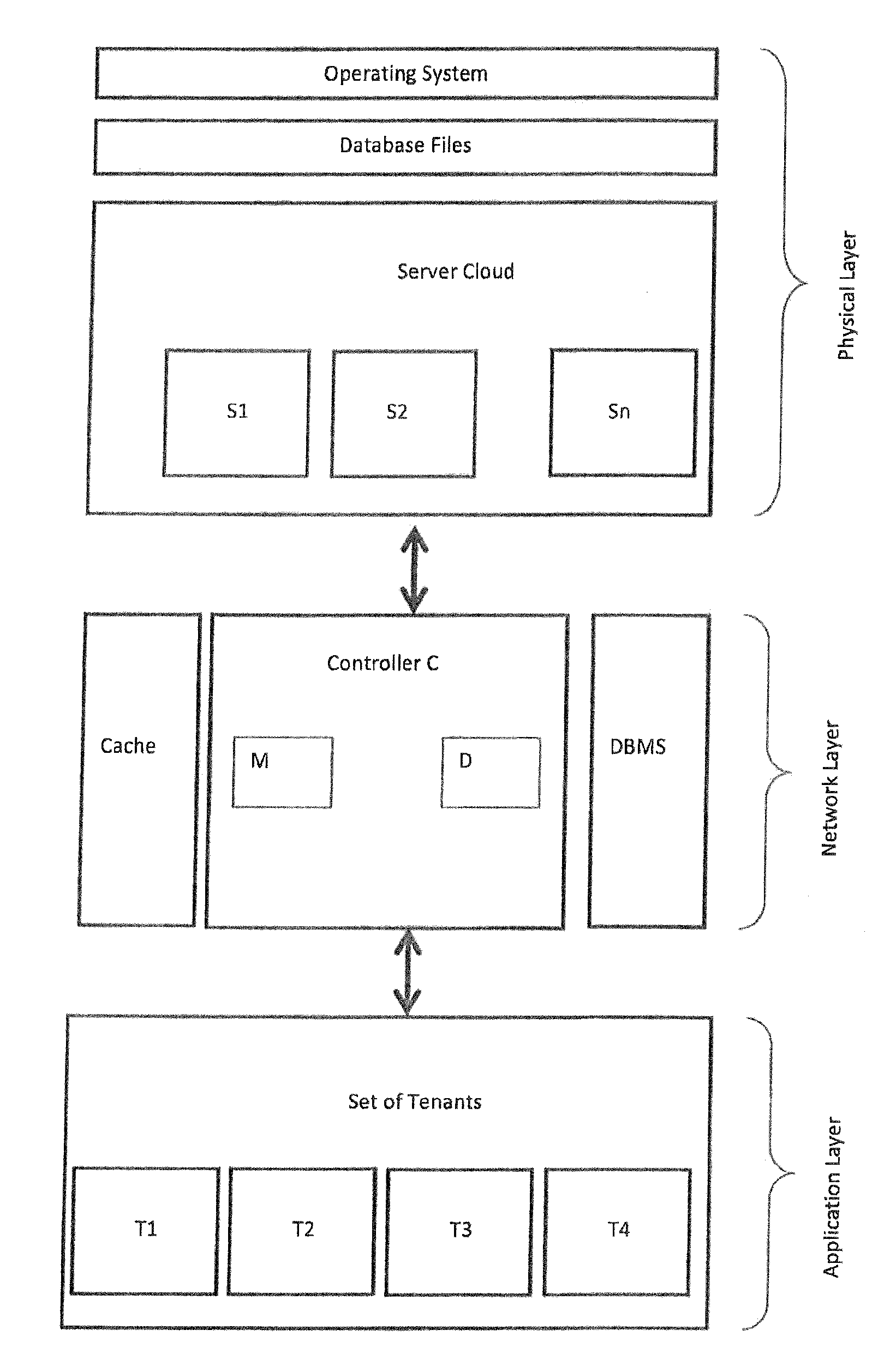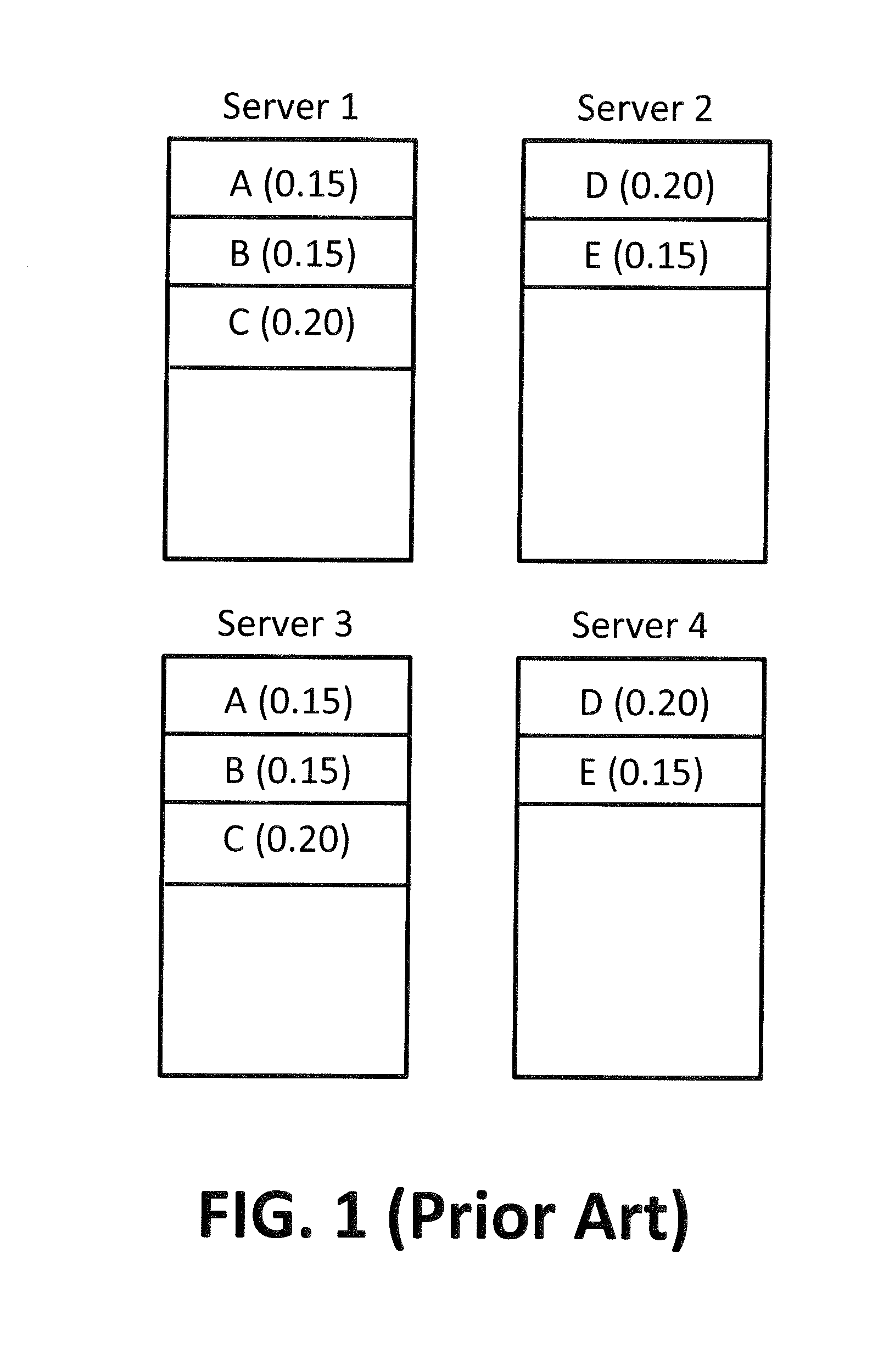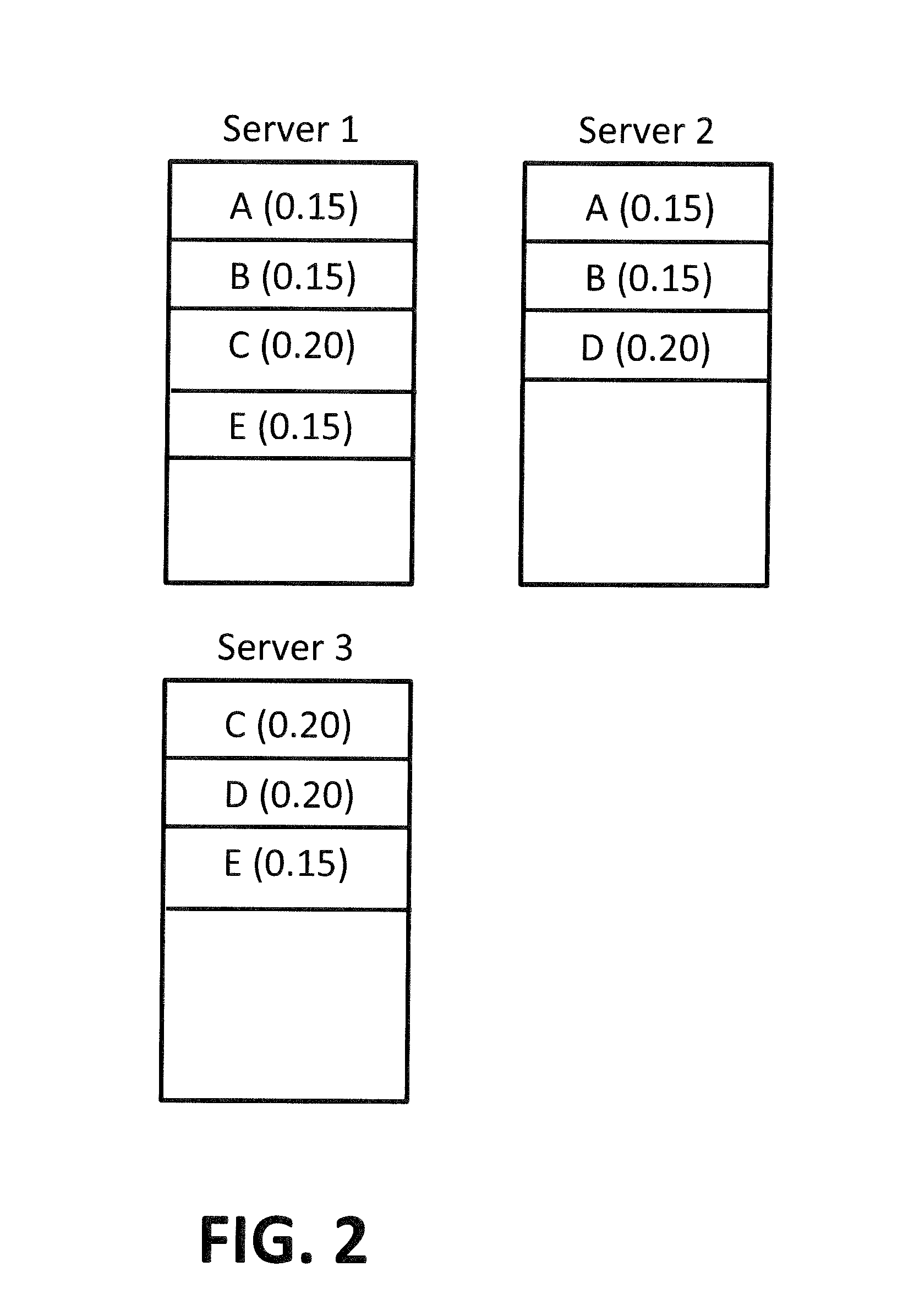Robust tenant placement and migration in database-as-a-service environments
a tenant technology, applied in the field of robust tenant placement and migration in database as a service environment, can solve the problems of not being realistic for cloud environments, not holding assumption, changing tenant resource requirements with little notice, etc., to reduce the operational cost of in-memory dbaas, improve utilization, and reduce the required “headroom”
- Summary
- Abstract
- Description
- Claims
- Application Information
AI Technical Summary
Benefits of technology
Problems solved by technology
Method used
Image
Examples
Embodiment Construction
[0078]The figures illustrate principles of the invention according to specific embodiments. Thus, it is also possible to implement the invention in other embodiments, so that these figures are only to be construed as examples. Moreover, in the figures, like reference numerals designate corresponding modules or items throughout the different drawings.
[0079]The method according to present application explores algorithms to reduce the operational cost for in-memory DBaaS by interleaving tenants T across machines (in the following also called: servers) S and incrementally adjusting the tenant placement to workload changes while maintaining their service level objectives (SLOs).
[0080]In contrast to the known mirroring-based approach, which has been explained as prior art with respect to FIG. 1, interleaved placements according to a preferred embodiment of present invention try to avoid co-locating any pair of tenants on more than one server S. This has the advantage that, in case of a se...
PUM
 Login to View More
Login to View More Abstract
Description
Claims
Application Information
 Login to View More
Login to View More - R&D
- Intellectual Property
- Life Sciences
- Materials
- Tech Scout
- Unparalleled Data Quality
- Higher Quality Content
- 60% Fewer Hallucinations
Browse by: Latest US Patents, China's latest patents, Technical Efficacy Thesaurus, Application Domain, Technology Topic, Popular Technical Reports.
© 2025 PatSnap. All rights reserved.Legal|Privacy policy|Modern Slavery Act Transparency Statement|Sitemap|About US| Contact US: help@patsnap.com



